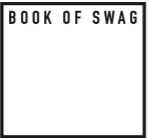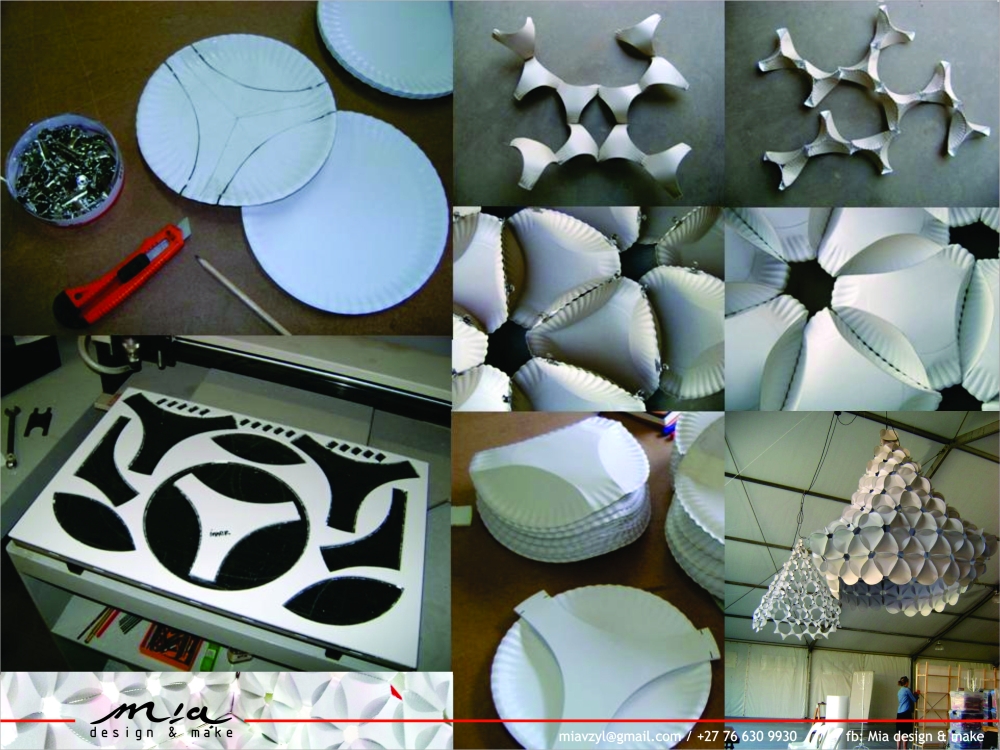Mia van Zyl is a South African designer-maker based in Johannesburg. She specialises in creative fabrication, model building and puppet making. She thrives on creative and collaborative projects in a hands-on, knee-deep-into-things manner, and often work in extreme scales – building either giant creature puppets for live events or minutely small, intricately detailed architectural scale models.
Q 1: What does design mean to you?
Design to me is a way of looking at and interacting with the world every single day, where I constantly question and seek how and why something works the way it does (or not), how and why it could be improved, and whether that intervention or solution could address the issue as well as add value and/or beauty to the world. Design to me is also a celebration of the ingenuity, imagination and tenacity of those engaged in it.
Q 2: What’s your creative process? How do all these design ideas come to you?
My eyes and ears are always open to influences from all around me – anywhere and everywhere – so I try to take in as much information as possible / feasible and try to create unexpected connections. Or sometimes just allow my subconscious mind to do that bit! Every idea and creative thought is already “out there” in the collective consciousness, sometimes I’m the one to pick a certain one up and develop it, sometimes I don’t get round to a certain one and someone else picks it up and develops it.
I love research, and spend a good amount of time during the conceptual phase of a project reading up and looking up ideas, visuals and alternatives, which inevitably lead to more ideas, visuals and alternatives – and so, down the rabbit hole of conceptualising we go.
I then spend some time sketching or building concept models to experiment and test out ideas during design development. I do a lot of my design thinking and technical resolution using scale models and prototypes. This can become quite time-consuming, so it’s helpful when I can combine or overlap this stage with technical documentation (CAD drawings or shop drawings). Then, of course, execution – actually making the design a reality.
Q 3: What is the most challenging thing about being a designer in South Africa?
- Believing and acting on that belief, that I can personally make a positive impact on my country and help create the South Africa I’d love to live in.
- There are so many issues in South Africa that could benefit from creative solutions, the challenge is to ENGAGE, START and COMMIT.
- Making your mark in a way that counts.
- Working for myself, the everyday challenge of making ends meet while making time to do worthwhile creative work.
Q 4: Who is your audience / target market? Is it other designers, design students or just people who are interested in design?
Anyone and everyone, from the spectator in the stands at the FIFA 2010 World Cup opening ceremony or attending the Cape Town Carnival, to colleagues, academics, students, my friends and family. To the person in the street who can be inspired / re-inspired to creativity by being offered the chance to build a creature puppet and bring it to life in a public participatory puppet-making workshop.
Q 5: Who are some of your favourite designers?
Internationally: the kinetic sculptures/creatures (“strandbeests”) of Dutch artist Theo Jansen astounds and boggles my mind; the organic and out-of-this-world fashion of Iris von Herpen; the process and rationale in Geoffrey Mann’s sculptures, capturing movement over time in form; the meticulous detail, precision and movement in Joshua Harker’s and John Edmark’s 3D printed and CNC cut sculptures; the awe-inspiring spatial installations from the Ball Nogues Studio. Locally I admire the prolific and vast range of creative work Heath Nash produces; the beautiful and precise creature puppets and live performances Roger Titley creates (I’ve been very blessed and fortunate to work with him and learn from him as mentor over the last 5 years); most recently the crazy tech- and bio-hacking inspired work of Jarryd Bekker and Daniel de Kock of Bushveld Labs in Jo’burg. As you’ll see researching these people, they are as much artists as they are designers.
Q 6: What about your favourite designs, what sorts of designs do you like?
I’m fascinated by design that makes me think, that challenges me beyond the first glance, that makes me wonder “How did they do that?” or “How did this come into being?”. I’m currently very interested in parametric design / algorithmic design / computational design, where component pieces are repeated and configured in such a way that a totally new creation is realized.
Q 7: What purpose do you think design serves in a society?
Design questions the status quo, design addresses issues, design solves problems. First prize for me, it does so in a way that adds value and beauty.
Q 8: What do you think is the essence of design thinking and can that lead to a better education?
An enquiring mindset; a firm belief in the power of your imagination; a willingness to go beyond the first or most obvious solution; an interest in figuring out exactly how something works, or could work; a love of sharing knowledge and learning; and not being scared of hard work (mental and physical).
It can definitely add value to education in that we should teach and raise young people to think “outside the box”, to stay interested in a problem long enough to find a workable solution and the means to make that solution a reality, to enquire into multiple ways of addressing any issue, and not give up when the solution isn’t as amazing or groundbreaking as you’d hoped it would be (yet!).
Q 9: In your opinion, what is the best way of teaching design in schools?
Recently I’ve read and studied ‘How to manage creative people’ by Gordon Torr, an absolute eye-opener on the creative process, people’s creativity and how to keep people producing creative ideas consistently. Torr and Teresa Amabile, a leading academic mind on creativity, put forward the idea that creativity is not a singular thing, but made up of 3 intersecting “disciplines” – creative thinking, skill/craft and intrinsic motivation – and that the bigger the intersect is between the 3, the more one enters the “creative genius” sweet spot. Young people should be taught all 3 of these ingredients: how to think creatively by approaching problems from multiple angles and finding unexpected connections; working hard and practicing your skill continuously in order to enable yourself to visualise and realize creative ideas as best possible; and understanding yourself and what it takes deep down inside to be creative, to keep working at it, push through the challenges and produce valuable results. Design is a visual language with which to communicate ideas, questions and solutions. The more fluent you speak your chosen “language”, the more successfully you can communicate.
Q 10: Lastly, what do you think is the future of design?
The future of design, for me, is characterised by the following words: Genuine. Intuitive. Accessible. Intelligent. Accountable. Wonder-inducing.

